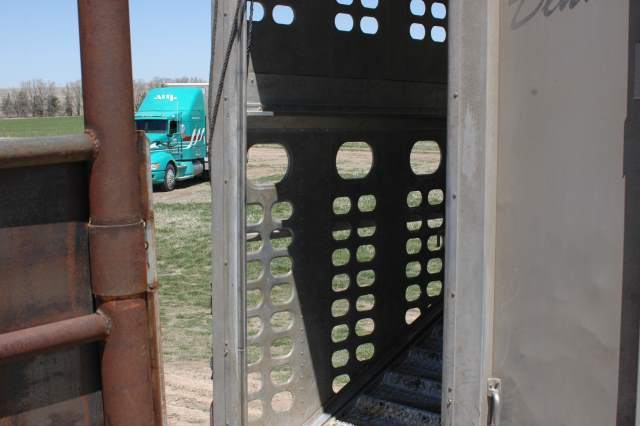February 10, 2016

The hallway conversation during the 2016 Cattle Industry Convention in San Diego, Calif., a few weeks back covered the many and varied issues that affect the cattle business. While the cattle producers who care enough about their business to serve on one of the many committees, subcommittees and working groups that met during the convention had plenty to talk about, cattle market volatility and the price plunge of 2015 seemed to dominate the discussion.
And well it should. Volatility in cattle prices, particularly volatility in the futures market, has been unprecedented of late, and that makes it difficult if not impossible for cattle producers to use the futures market for any sort of price protection or profit forecast.
“We went from the third largest rally in the history of our industry from 2014 to 2015, and then turned around and went through the third largest break in the history of our industry during the last 12 months,” Randy Blach, CattleFax CEO, says.
“We’ve seen $15 moves (Live Cattle futures) every 15 days going back to August; this has happened six times,” Blach explains. “That’s a difference of $200 per head every 15 days. It’s the second-most volatile market in history.”
So it was that Terry Duffy, chairman of the CME group in Chicago, found himself addressing a roomful of, shall we say, highly interested cattle producers during the NCBA Cattle Marketing and International Trade Committee meeting. Duffy promised the CME would do several things to address the problems of volatility in cattle futures, including adding a system already in place in other futures contracts that caps how many order updates traders can send in relation to the number of trades they execute. That took effect February 1.
Duffy said the exchange would also examine implementing a brief trading delay and, saying that he thinks the trading window is too long for cattle futures, pledged to take a look at shortening the trading sessions for cattle futures.
And, in fact, that's what happened. Yesterday, the CME announced that effective Feb. 29, pending regulatory approval, the trading hours for livestock futures contracts will be from 8:30 a.m. to 1:05 p.m. for electronic trading and from 8:30 a.m. to 1:02 p.m. for open outcry trading, Monday through Friday. That's down from as much as 7 hours of trading time a day in the electronic markets presently.
Many cattle producers have pointed to computer-generated, algorithmic trading as a culprit in the market volatility that has beset cattle futures. Duffy disagrees that high-frequency traders are to blame. Duffy also is concerned, as are many cattle producers, over the loss of cash trade in the fed cattle market, which is what the futures market is based upon.
Looking at the feeder cattle futures market, it long has been thinly traded. So while there is a better cash market base in feeder cattle futures, there isn’t the volume that may be necessary to establish a vigorous marketplace.
So is it a shaky foundation that has caused the house of futures to tremble, or have the winds of high-frequency trading blown the shingles off the roof and let the rain come in? That’s a question for which answers remain elusive.
So, while the cattle business continues to debate the issue, we have a few patches to our leaky roof in cattle futures. Will they be enough to stem the volatility that has caused many cattle producers to wonder if the futures market is doing more harm than good?
Time will tell.
You might also like:
Wendy's addresses antibiotic use in beef production
9 new pickups for the ranch in 2016
3 steps for preparing for farm economy downturn
Is production efficiency the answer to falling cattle prices?
What's ahead for the beef industry in 2016? 10 megatrends to watch
You May Also Like



